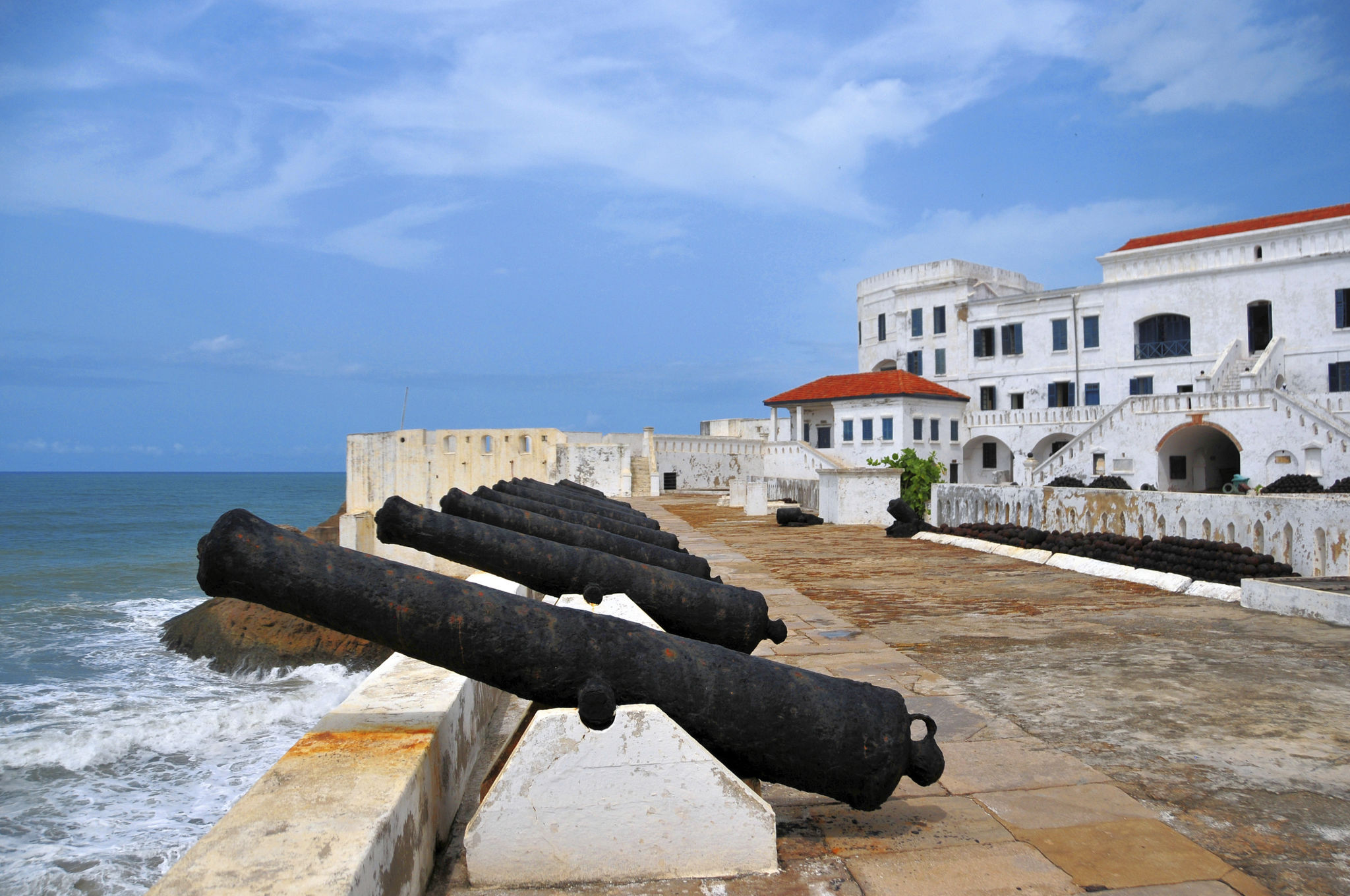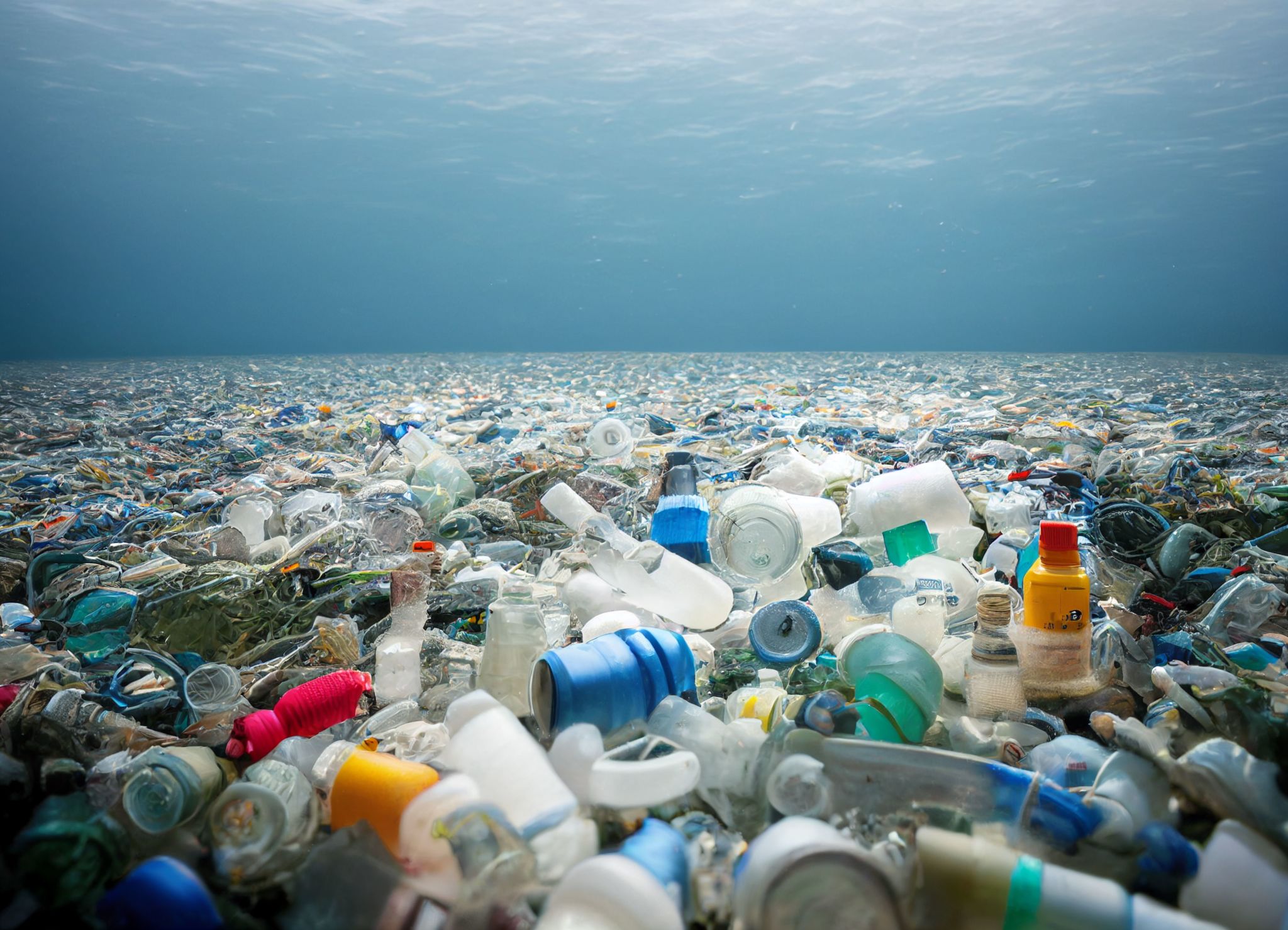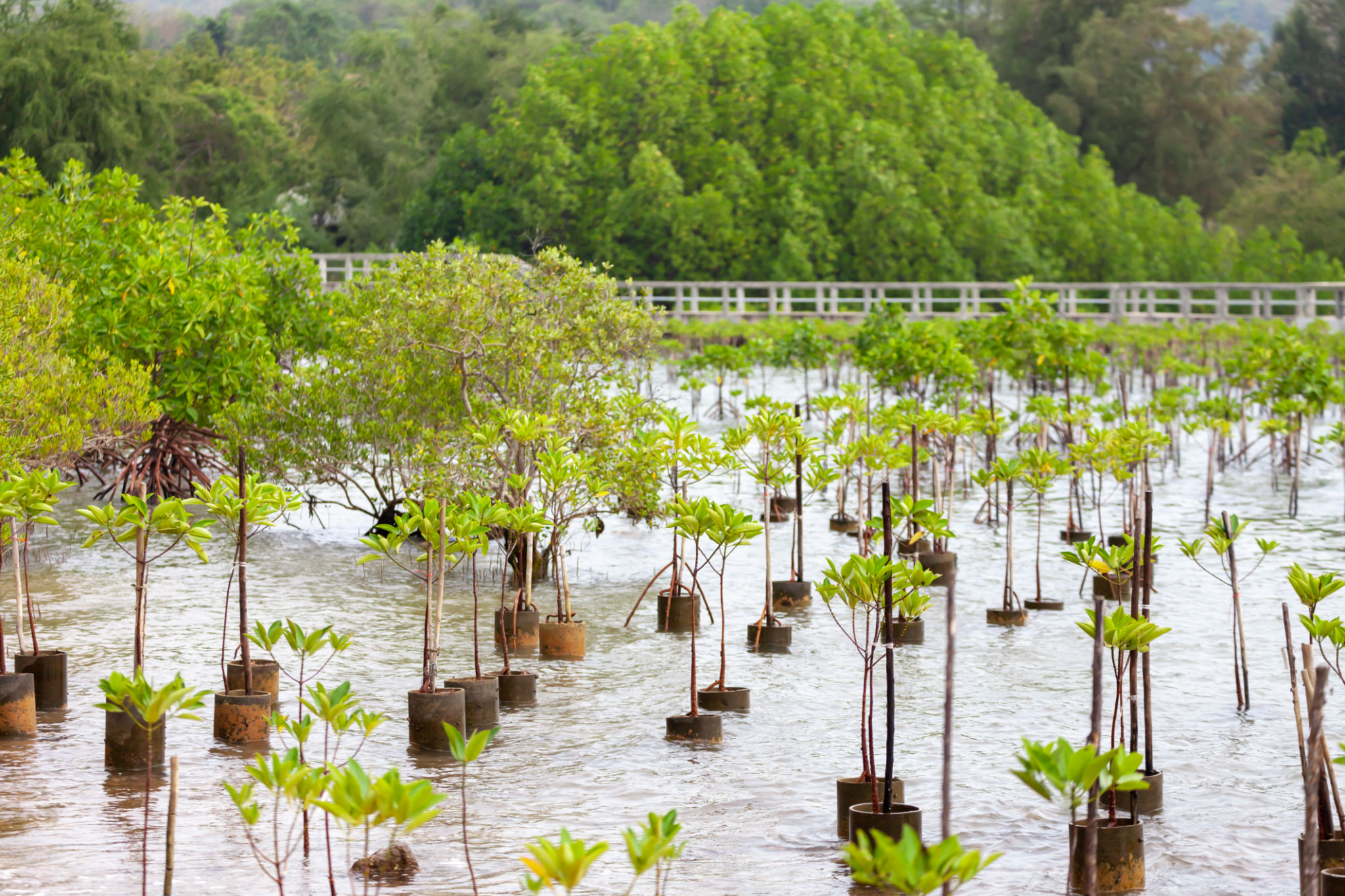Protecting Ghana's Coastlines: A Comprehensive Guide to Environmental Conservation
Understanding the Importance of Ghana's Coastlines
Ghana's coastlines, stretching over 500 kilometers along the Atlantic Ocean, are not just scenic landscapes; they are vital ecosystems that support a diverse range of marine life and provide livelihoods for millions of people. The coastal regions are rich in biodiversity, offering unique habitats for various species and acting as a buffer against natural disasters. However, these areas are increasingly threatened by human activities and climate change.

Challenges Facing Ghana's Coastlines
Coastal Erosion and Rising Sea Levels
Coastal erosion is a significant issue in Ghana, with several areas experiencing dramatic changes due to the relentless forces of wind and water. Rising sea levels, a consequence of global climate change, exacerbate this problem, leading to loss of land and habitat destruction. Efforts to combat erosion are crucial to preserving these areas for future generations.
Pollution and Habitat Destruction
Pollution from industrial waste, oil spills, and plastic debris poses a severe threat to the marine environment. These pollutants can devastate marine life, destroy habitats, and affect the health of communities relying on coastal resources. Addressing pollution through stringent regulations and community initiatives is essential for the conservation of Ghana's coastlines.

Strategies for Conservation
Community Engagement and Education
Empowering local communities through education and engagement is vital for successful conservation efforts. By raising awareness about the importance of protecting coastal ecosystems, communities can actively participate in preserving their natural heritage. Initiatives such as beach clean-ups, educational workshops, and sustainable fishing practices can significantly impact environmental conservation.
Government Policies and International Cooperation
The Ghanaian government plays a critical role in coastal conservation by implementing policies and regulations that protect these areas. International cooperation also provides support through funding, research, and sharing best practices. Collaborative efforts between governments, NGOs, and local communities can lead to more effective conservation strategies.

Innovative Approaches to Coastal Protection
Natural Solutions: Mangrove Restoration
Mangroves act as natural barriers against erosion and provide crucial habitats for marine life. Restoring mangrove forests along Ghana's coastlines is an innovative approach to protecting these areas. These projects not only safeguard the environment but also enhance local economies by boosting fisheries and tourism.
Technological Advancements
Advancements in technology offer new tools for coastal protection. Remote sensing, geographic information systems (GIS), and early warning systems help monitor coastal changes and predict potential threats. These technologies enable proactive measures, reducing the impact of natural disasters on vulnerable communities.

The Role of Individuals in Conservation
Each individual can contribute to the protection of Ghana's coastlines through simple yet effective actions. Reducing plastic usage, participating in local conservation initiatives, and advocating for sustainable practices are ways everyone can make a difference. Collective efforts from individuals can lead to significant positive changes in preserving these vital ecosystems.
In conclusion, protecting Ghana's coastlines requires a multifaceted approach involving community participation, government action, international cooperation, and individual responsibility. By understanding the challenges and implementing innovative solutions, we can ensure that these beautiful and essential areas remain vibrant for generations to come.